Tamron 18-400mm f/3.5-6.3 VC HLD Review
Dustin Abbott
July 24th, 2017
Tamron has long been the company that pushes the envelope in “all-in-one” zoom design and have held the top honors of having the largest zoom range in a DSLR lens for most of the past ten years. Years ago I used the Tamron 18-270mm VC lens with a 15x zoom range for a period of time, and found that it was optically similar to the Canon 18-135mm lens I used at the same time while obviously offering a much larger zoom range. A few years ago Tamron stretched that range to a 16-300mm VC (an impressive 18.75x zoom range) while adding a better focus motor (PZD, or piezo drive) and better build quality (including some minor moisture resistance). Tamron recently announced an even more ambitious all-in-one/travel zoom, the Tamron 18-400mm f/3.5-6.3 Di II VC HLD. The 18-400 HLD boasts a world’s best more than 22x zoom range while offering yet another different type of focus motor – their new HLD (High/Low Torque Modulated Drive Motor). The 18-400 HLD obviously has an impressive stat sheet, but does such an ambitious lens work in the real world? That’s what we are here to find out.
Superzoom lenses are all about compromises (literally the opposite of prime lenses that can be optimized for one focal length). They have to cover everything from wide angle (which has a number of engineering optical challenges) to telephoto (which has its own set of engineering challenges) and everything in between. Tamron has added an additional 100mm over the previous top end of 300mm, so they have obviously taken on an even greater engineering challenge. This is a lens designed for APS-C cameras, so on the long end this is an effective focal length of 600mm (Nikon/Sony) or 640mm (Canon). One thing I quickly noted that they have done to mitigate that challenge somewhat is to eliminate 2mm on the wide end (from 16mm to 18mm). That may not seem like much (when you are adding 100mm on the long end), but engineering for 18mm (27mm on Nikon, 28.8mm on Canon) is much easier than the wider 16mm perspective. There’s a reason why most “kit” lenses for APS-C cameras start at 18mm; it is a relatively easy focal length to engineer.
This decision is probably a smart one from a marketing perspective. Most amateur photographers will quickly note the 400mm specification and will likely either overlook the move to 18mm or dismiss it as being trivial (only 2mm!). My hope is that this move will help to mitigate the large zoom range and help the long end perform a little better. One thing is for sure: that is a huge zoom range that will allow you nearly infinite framing options in most situations. Check out a few of these 18mm and 400mm scenes taken standing in the same spot:
Note that last comparison. The geese are no more than tiny specs in the first photo, but easily visible at 400mm. Pretty amazing. Got your attention? Read on…
Prefer to watch your reviews? Check out my full video review here:
Build, Design, and Handling
Tamron’s current design language is very good. A few years ago they launched their new SP Prime series with beautiful all-metal bodies and a very sleek, sophisticated look. While their consumer grade lenses like this one are nowhere near as well made, there is a clear trickledown effect. Rather than metal the body is made from a engineered plastics, though the lens mount itself is metal. Tamron has eschewed the somewhat garish gold rings of the past (which frankly looked a bit dated) for a more modern black on black theme with a euphemistically marketed “luminous gold” ring (more of a platinum color) right at the lens mount. It’s a subtle accent piece that works nicely. The actual barrel of the lens looks a lot like Canon’s most recent consumer grade releases, though Canon employs a slightly more matte finish. The 18-400 HLD is an attractive lens and should wear well.
The lens barrel has two rings (zoom and focus rings), though the former is about three times as wide as the latter and occupies a good part of the lens barrel real estate. The lens barrel (when retracted) is less than 5” (4.88”/123.9mm), though it extends out an additional 3.75”/9.5cm when fully zoomed out. The zoom action is one of my two points of criticism in the build. The lens barrel extends in three sections. The zoom action is not as smooth as what I would like. It requires more effort than most zoom lenses and has a zone from about 50-200mm where the resistance is notably heavier than the rest of the zoom range. It has loosened up a little bit through use, and I suspect that trend will continue as the lens is “broken in”, but I’ve used a lot of lenses with smoother zoom action than this one. Don’t expect to be able to smoothly zoom in or out during video use, for example. The positive here is that everything feels stable and secure when fully extended; nothing is loose or wobbly. The tight action of the zoom ring also precludes any inclination towards zoom creep, though there is a zoom lock switch included just in case (it can only be locked in the fully retracted position).
My second point of contention involves the other ring. Unlike most lenses that I review these days, the 18-400 HLD does not include full time manual override (you must use the AF/MF switch to move from autofocus to manual focus). What’s more, the focus ring actually rotates during autofocus, so I’ve caught myself actually interfering with the focus action simply by my left (supporting) hand straying into the space that the ring occupies. Not great. On a positive note, the front element housing does not rotate, so you can use circular polarizing filters without worrying about them rotating during focus.
The front filter thread is a relatively common 72mm size, though most of the lenses I’ve seen with this filter thread tend to be expensive prime lenses, not the consumer grade lenses that this particular lens is most likely to be paired with.
Other build positives include a weather sealing gasket at the lens mount and some other moisture resistance measures, which is an important inclusion for a travel-oriented lens. The lens feels solid both in construction but also in weight. It weighs 1.56lb (710g), which is on the heavy side for consumer grade lenses but is probably one the lightest lens to reach 400mm. It is a fair bit heavier than the 539g of the 16-300mm PZD lens, but also has an additional 100mm of reach. The Sigma 100-400mm Contemporary (which shares the same f/6.3 aperture at 400mm) weighs 1160g, and it is far lighter than the first party options with that focal length. The lens is almost identical in weight to Canon’s new 70-300mm IS II lens which has a much, much smaller zoom ratio. So, while the lens is a bit heavier than some might like, it is still remarkably light for a lens with such an impressive zoom range. It strikes a nice balance between feeling relatively sturdy while staying relatively light. It should balance fairly well on most cameras it will be mounted on.
There are two switches, the aforementioned AF/MF switch along with an ON/OFF switch for the VC (Vibration Compensation), which is Tamron’s excellent image stabilization system. That is obviously a very, very important inclusion on a lens like this with such a long maximum focal length. The VC system on the 18-400 HLD works effectively but isn’t the smoothest application of Tamron’s VC that I’ve seen. There are some minor shifts in the viewfinder when the system activated, and while it provides an effective stabilization of the viewfinder image at 400mm (which, remember, is the equivalent of 640mm on a full frame camera with the 1.6x Canon crop factor), I did notice a few minor shifts when trying to hold the viewfinder steady waiting for the perfect moment for the shot. The system is nice and quiet, however, and does get the job done.
VC (Vibration Compensation) Test
In a quick test (at 400mm) I got about 60% keepers at 1/25th second, about 50% keepers at 1/15th, and about 33% keepers at 1/10th. That’s an effective result, and will help to offset the slow maximum aperture at many focal lengths. Speaking of which, here is how the aperture values play out.
| Maximum Aperture | f/3.5 | f/4 | f/4.5 | f/5 | f/5.6 | f/6.3 | |
| Focal Length | 18-26mm | 27-41mm | 42-49mm | 50-88mm | 89-176mm | 177-400mm | |
As you see, this is a lens that is going to rapidly change aperture values as you move through the focal range and is going to be at the slowest maximum aperture of f/6.3 from 177mm on. What does that mean? It means that this is a lens that is going to need a good amount of light to perform well, but that should be expected for a compact lens that covers such a huge zoom range.
In short, this lens largely succeeds in its purpose. It is nicely made and has the feature set it needs to succeed. And how about the image quality? Read on…
18-400 HLD Focus
As previously mentioned, the 18-400 HLD employs Tamron’s newest focus system, the High/Low Torque Modulated Drive Motor. You can see why they stick with HLD on the box! The best way to understand the purpose behind this motor is to understand that there are two different priorities for modern shooters: photo and video. Photo, or “stills”, emphasizes speed. You want the AF system to quickly (and accurately) acquire focus. That is where the “High” torque comes in. Focus speed (and, to a lesser extent, accuracy) comes from having plenty of torque to drive the elements forward and backward.
Video focus, however, is more about smoothness. You don’t want a rapid transition from one plane of focus to another; you want a smooth transition of focus. Some of Canon’s best USM lenses for stills make lousy video lenses. They are noisy and tend to pulse back and forth. All of that great torque becomes an impediment rather than strength. The “Low” torque is designed to allow the lens motor to adjust for video function and have a smoother, quieter video AF performance. Speed isn’t important anymore.
I see HLD as being somewhat akin to Canon’s new Nano USM focus motors with both an advantage over that technology along with a few places it is lagging behind. The advantage is that HLD manages to preserve a direct connection to the lens elements in manual focus, so it isn’t a “focus by wire technology” (where the focus ring’s input is just routed through the focus motor instead of physically moving things). On the 10-24 HLD that I reviewed a few months ago you also continued to have full time manual override. That’s not the case here. HLD lags a bit behind Nano USM in terms of raw speed and isn’t quite as smooth and quiet for video work. It’s a good focus system, however, and a good match for a general purpose lens like this.
I found focus speed (on a Canon EOS 80D body) to be generally fast and quiet. Focus speed slows a little on the telephoto end, but is still fairly fast (so long as the light/contrast is decent). The lens is fully compatible with Tamron’s Tap In Console, and I definitely recommend the investment if you want to get the best out of your Tamron lenses. It allows you to dial in focus and get the absolute best autofocus performance along with the ability to apply firmware updates (future-proof your lens!) and a few custom tweaks to the lens at home. This includes the ability to subtly alter the behavior of the VC system depending on your priorities (if you shoot a lot of video, for example, you may prefer the setting that has the VC stay on longer and behave in a smoother fashion).
I didn’t have the lens long enough to justify a full investment of time to calibrate at different focus distances and focal lengths, but I’ve done that with a number of other Tamron lenses and gotten great results. It’s a bit of a time investment, but it does allow you to get the best possible performance out of your lens.
Despite not doing the full calibration, I got generally good focus results anyway with no major misses. Autofocus accuracy has generally been pretty good with the Tamron lenses I’ve reviewed, and I feel that of the third party lens makers they seem to have the best grasp on nailing autofocus accuracy. I used the lens for some slower speed sports (softball), and it worked fine for that, but don’t it expect the lens to replace a high end telephoto lens for sports or wildlife tracking. If you want to get some good action shots of your kid’s soccer (football) game, however, it should work just fine.
My only real objection here is the previously mentioned lack of full time manual override and the resulting movement in the focus ring while autofocusing. The 18-400 HLD generally just got the job done without a lot of fuss. We’ve come a long way from the whiny, buzzy micromotors Tamron had 7 years ago!
Image Quality
While a lens that covers such a large zoom range is not going to set any optical records, I found that the images I took with the lens looked pretty good. I’ve been reviewing a lot of prime lenses recently, including some exceptional new Zeiss lenses. As a result, it is important for me to reset my expectations when switching to reviewing a lens like this. I also primarily shoot full frame, and so I also have to reorient my brain to the different color science and pixel size of APS-C (this lens is designed Di II for Tamron, or designed only for APS-C cameras). Fortunately I do have a lot of experience with these types of lenses, having reviewed and used a lot of them from a number of lens makers. This particular optical design is 16 elements in 11 groups, for those interested in the details.
When lens makers engineer a lens like this, they have to deal with all of the typical optical engineering challenges (chromatic aberration control, distortion, vignette, resolution, color rendition, and flare resistance), but, beyond that, there are unique challenges to designing a wide angle lens, a “normal” (medium focal range) lens, and in designing telephoto lenses. Engineers designing lenses like the 18-400 HLD have to deal with ALL of those challenges in one lens. In the past this has resulted in some pretty serious optical compromises. The older 18-270mm VC lens I used back in 2010 suffered from heavy distortion and vignette on the wide end (including the very hard to correct “mustache” style distortion), and frankly wasn’t very sharp. I went back and looked at some images that I had taken with that lens, and it helped give me some perspective. Tamron has made some major strides in improving everything about these type lenses, from the build to the focus motor to also seriously diminishing a lot of the optical flaws that the older lenses suffered.
If you are pixel peeper, then all-in-one zooms are not really for you. The very best lenses create images that most viewers won’t be able to fully appreciate because the beauty is in the fine detail. The image quality looks even better when you zoom into an image at a pixel level. That’s not really true of all-in-one zooms. There isn’t as much fine detail rendered at a pixel level, but at any other viewing level the images look quite good, and occasionally I’m pleasantly surprised by how crisp the results are. As a rule of thumb you will get better results by stopping the lens down a little bit (f/6.3-f/8 deliver very good results at many focal lengths). This shot, for example, I stopped down a bit to f/6.3, and the image (at 50mm) is actually beautifully detailed across the frame.
When you have an extreme focal range (and there is none more extreme than this), another rule of thumb that proves true here is that the best image quality results come when using the lens away from the extremes of the focal length (middle of the focal range). The wide end is actually pretty good if stopped down a bit. Expect the weakest performance to come at 400mm, where there is a bit less detail and contrast, though it is important, too, to remember the importance of keeping your shutter speed up if there is any chance of movement in your subject. Often images at 400mm (640mm equivalent on my Canon) will look softer due to motion blur if there isn’t sufficient shutter speed to stop movement. Long focal lengths like this really punish motion blur because the blur occupies so many pixels. I shot this from a parked car to do a quick comparison of the focal range. The 18mm image looks perfect at a pixel level, but the shutter speed dropped to 1/125th of a second for the 400mm shot (where I had to expose for the shadows more), and the end result shows the motion blur I refer to due to both movement of the leaves in the wind but also the movement of my hands when taking the shot.
A secondary challenge is that shooting longer range shots can be affected by heat wave distortion. Here’s a second series where the wide image (18mm) shows very little of the heat distortion (you can see just a hint of it in the zone over the road at a pixel level, but the 400mm image is severely impacted by it.
Under good circumstances, however, even the wide open performance of the 18-400 HLD at 400mm isn’t bad:
So, when zooming into a pixel level there isn’t as much detail as the best lenses, but I think that most shooters will be satisfied with what they get. Most importantly, I don’t think the image quality has taken a step back compared to the popular Tamron 16-300mm PZD zoom despite the expanded zoom range. Most people these days are “pinching” their screens to zoom on their phones, and they will be very pleasantly surprised by the difference provided by a real optical zoom and the much larger DLSR sensor behind it.
What about those other optical challenges I mentioned? There is a huge improvement on the distortion level compared to that 18-270mm lens I mentioned earlier. There is some barrel distortion at 18mm, but it isn’t extreme, and, more importantly, it is a simpler distortion that can be corrected for fairly easily. There isn’t a standard profile for the lens in Lightroom/ACR yet, but in my brick wall test I was able to fix most all of the distortion by moving a few sliders. At 50mm there is some pincushion distortion, but it isn’t extreme and again is easily fixed. The Tamron 16-300mm PZD profile actually works reasonably well for now. At 400mm I don’t really see much distortion at all on the brick wall test.
At some focal lengths, you will see some flare when the sun is in the frame, but neither is it extreme. Here’s a few examples with the sun in the frame (or right out of it).
There are some chromatic aberrations in areas of high contrast, particularly near the 400mm end, but fortunately they are almost entirely eliminated by simply clicking the “Remove Chromatic Aberrations” box on Lightroom/ACR or equivalent software, so I don’t consider this to be a major issue. Here’s the full image, crop showing the CA, and then the “after” photo were only the one click fix has been applied.
Finally, I didn’t really observe vignette being an issue in my tests. The most likely suspect would be wide open (f/3.5) at 18mm, but I didn’t observe anything significant there. In this photo you can see a little shading in the extreme corners, but I cleared it up clearly in the second shot with a +38 value added in the Lightroom slider.
All in all, Tamron has succeeded in producing a lens that manages to keep the usual optic defects of such a lens to a minimum. One final plus is that the lens delivers a 0.34x maximum magnification, which means that you can fill the frame with flowers and small objects when zooming out to 400mm at close focus distances. That extends the usefulness of the lens. This little set shows the scene fully zoomed out, and then after zooming in (without moving) to magnify the subject.
Using the lens at longer focal lengths enables you to blur backgrounds reasonably well despite the smaller aperture of the lens.
If you would like to see more images from the lens, check out the image gallery here.
Conclusion
In short, this lens largely succeeds in its purpose. It manages to house the world’s largest focal length ratio (in a DSLR lens) of more than 22x, image stabilization, plus some moisture resistance in a compact lens that stays reasonably light. No, it isn’t as smooth in operation as a pro-level zoom, and doesn’t deliver prime-level image quality, but expecting anything more than this lens delivers would be unrealistic. What it does deliver is convenience and versatility…in spades. It has been said that the best camera is the one you have with you, and, thanks to the Tamron 18-400mm f/3.5-6.3 VC HLD, it is far more likely that the camera you have along will be your DSLR.
Pros:
- World’s first 22x zoom in a DSLR lens
- Includes moisture resistance
- HLD focus system delivers fairly quick, accurate results
- Good image quality through a lot of the focal range, with still useful results at 400mm
- Distortion, vignette, and flare not bad for a lens like this
- Compatible with Tamron’s Tap In Console
Cons:
- No full time manual override
- Zoom ring a little stiff
- Some chromatic aberration
- Optical performance is acceptable but not exceptional
Gear Used:
Canon EOS 80D: B&H Photo | Amazon.com | Amazon.ca |
Tamron 18-400mm f/3.5-6.3 Di II VC HLD: B&H Photo | Amazon | Amplis Foto (use code AMPLIS52018DA to receive 5% off | Amazon.ca
Adobe Lightroom CC Software for Mac and Windows (Boxed Version)
Adobe Photoshop Creative Cloud 1-Year Subscription
Alien Skin Exposure X2 (Use Code “dustinabbott” to get 10% anything and everything)
Purchasing your gear through B&H and these links helps fund this website and keeps the articles coming. You can also make a donation here if you would like. Thank you for your support.
Great News! I can now offer a 5% discount on all purchases at Amplis Foto, Canada’s Leading Photographic Supplier. Please enter discount code: AMPLIS52018DA in your cart. It is good for everything in your cart, and is stackable with other coupons, too! It will take 5% off your entire order! Proceeds go towards keeping this site going and providing you with new reviews!
Check me out on:
My Patreon: | Google+: | Facebook: | Twitter: | Flickr: | 500px: | Sign Up for My Newsletter :


Travel Banner:

DISCLAIMER: This article and description contains affiliate links, which means that if you click on one of the product links, I’ll receive a small commission. As an Amazon Associate I earn from qualifying purchases.












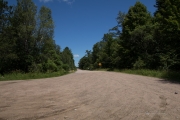








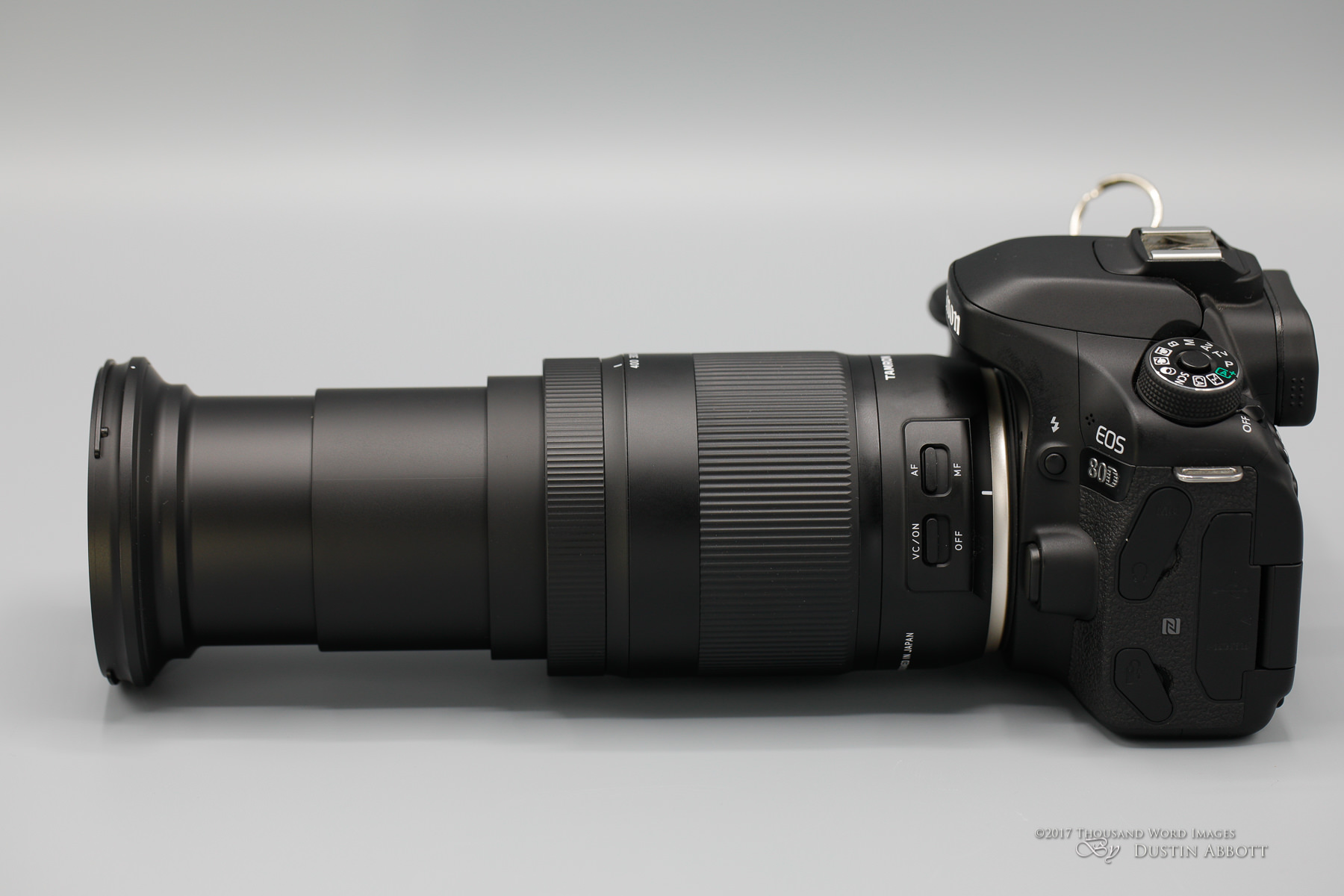
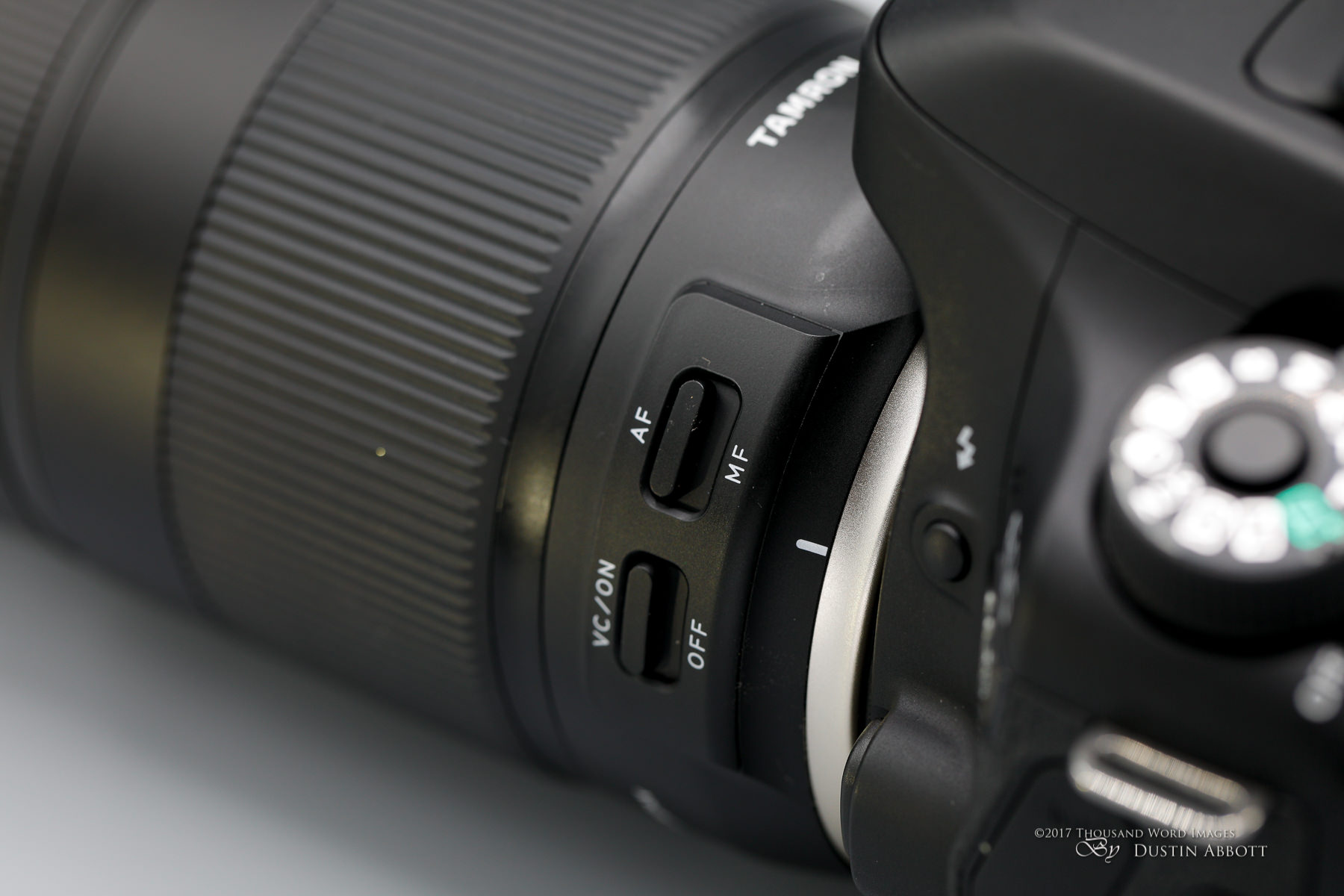
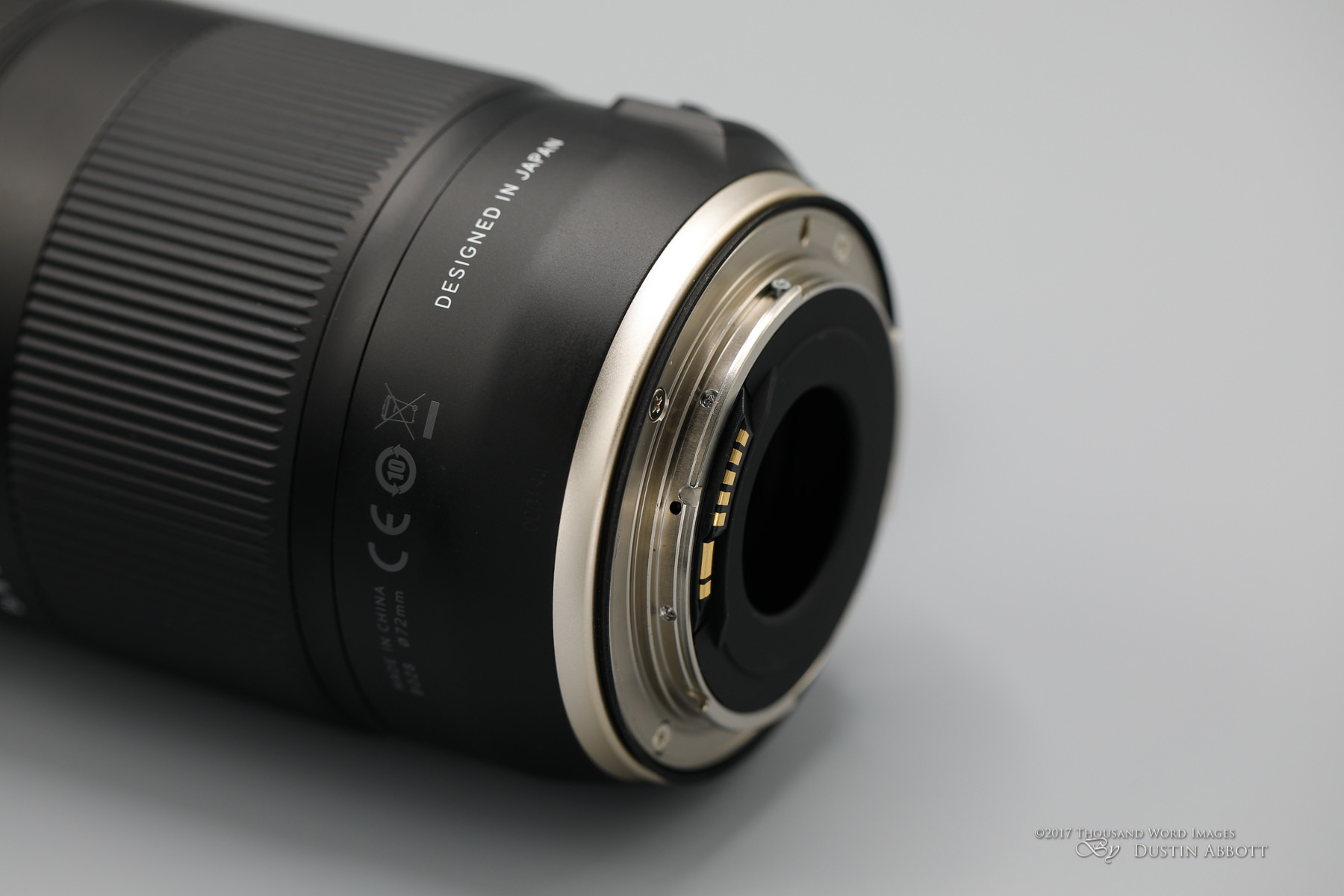
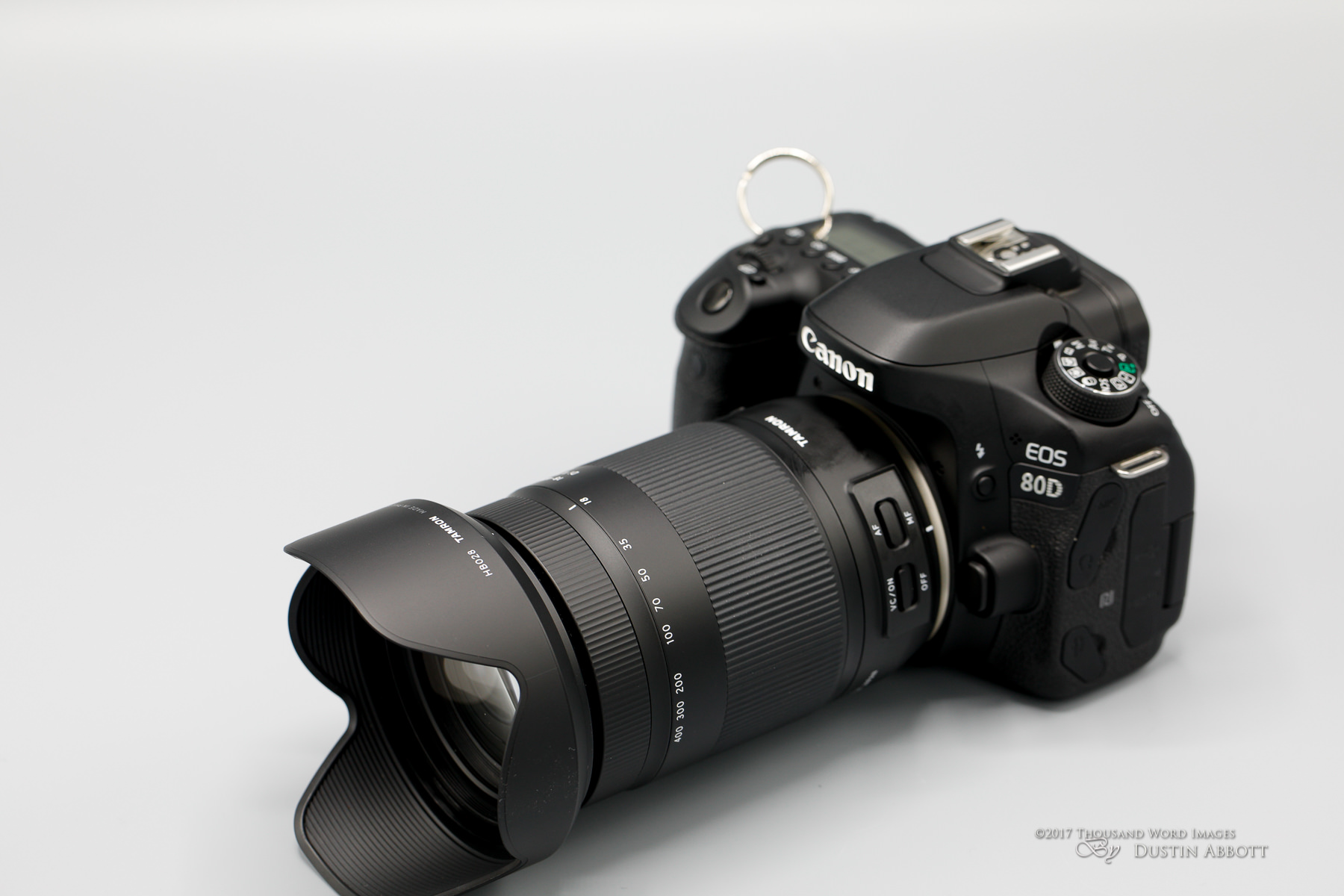
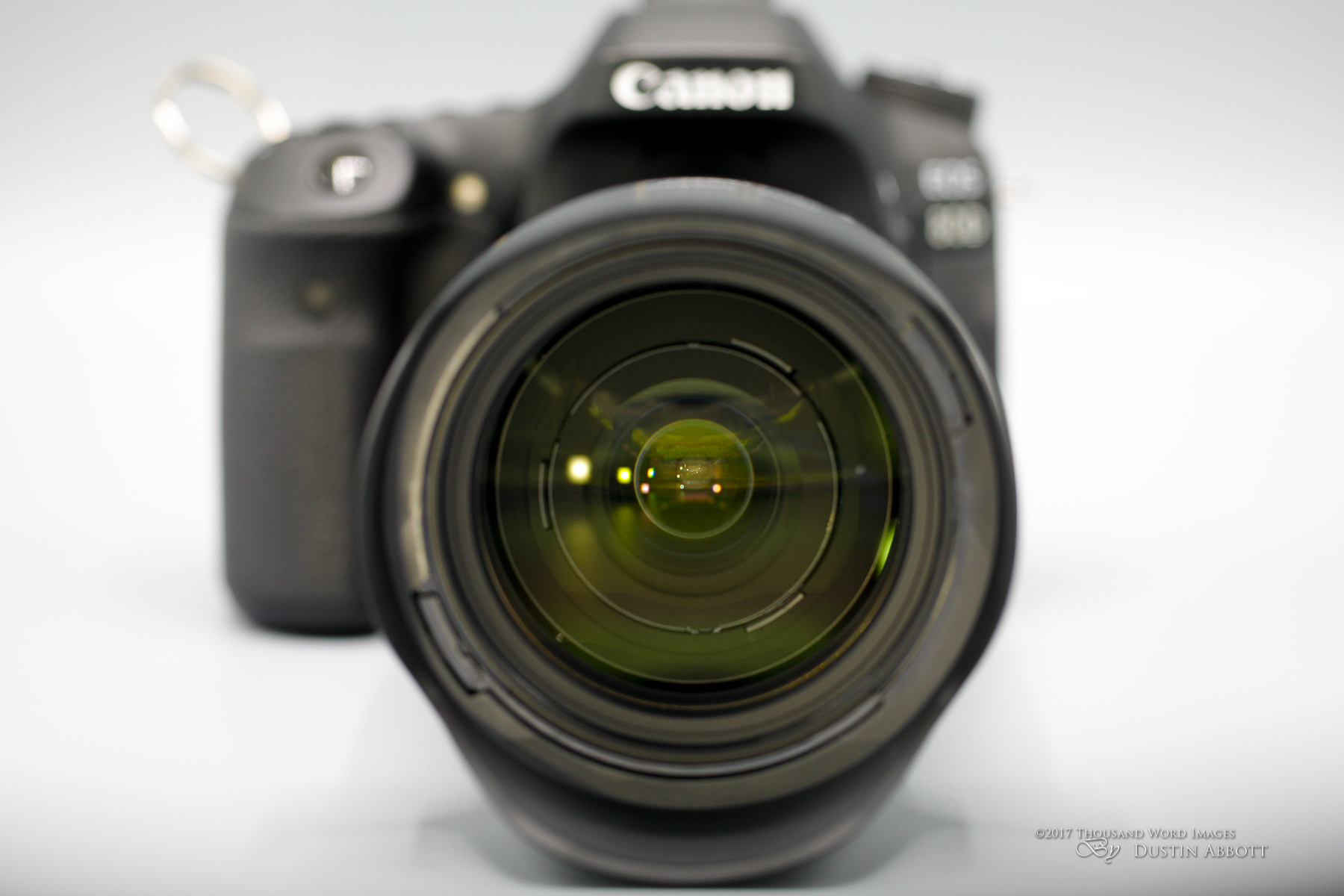



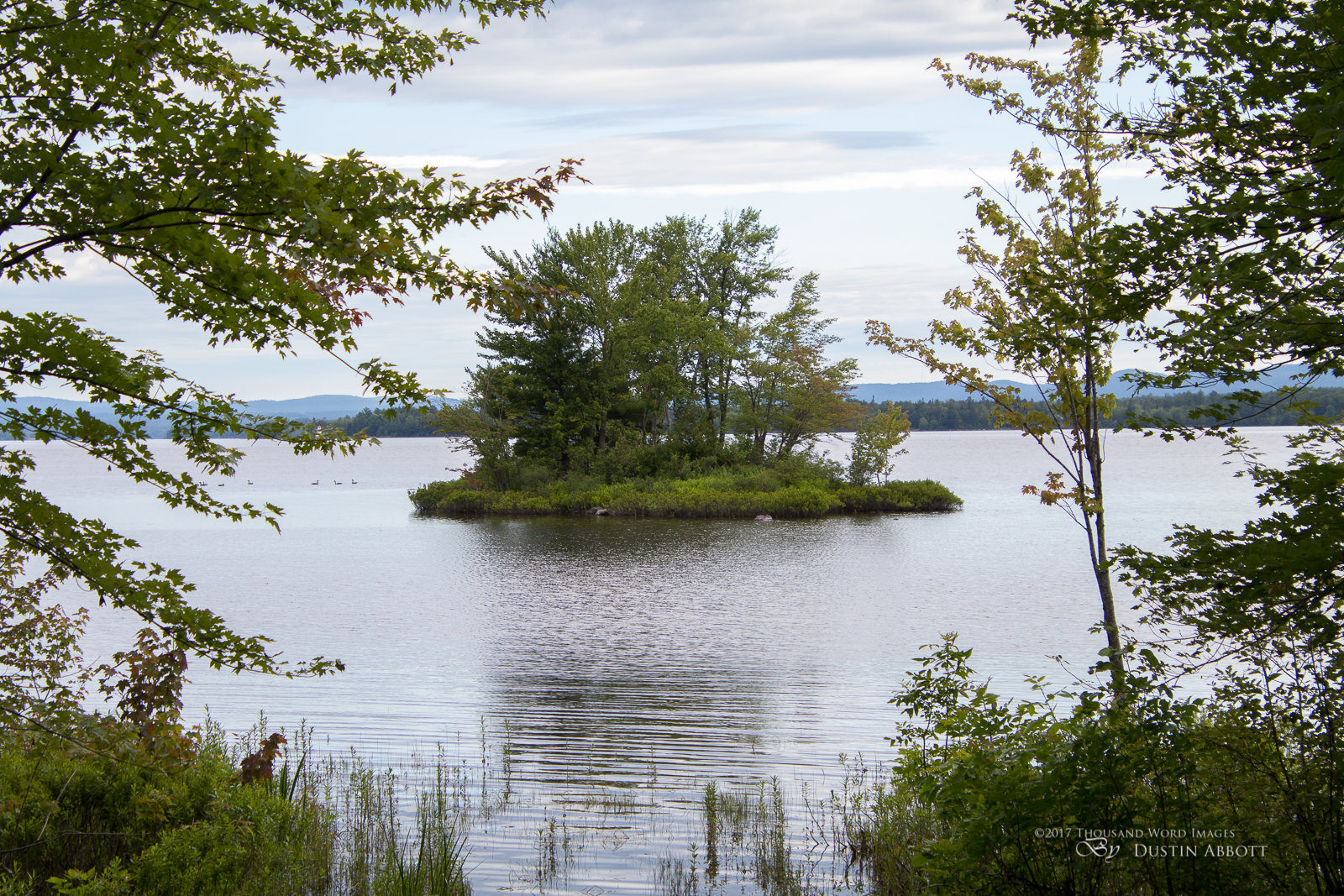




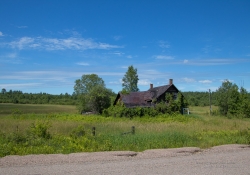



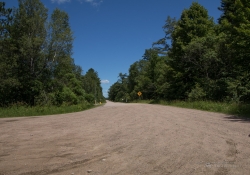

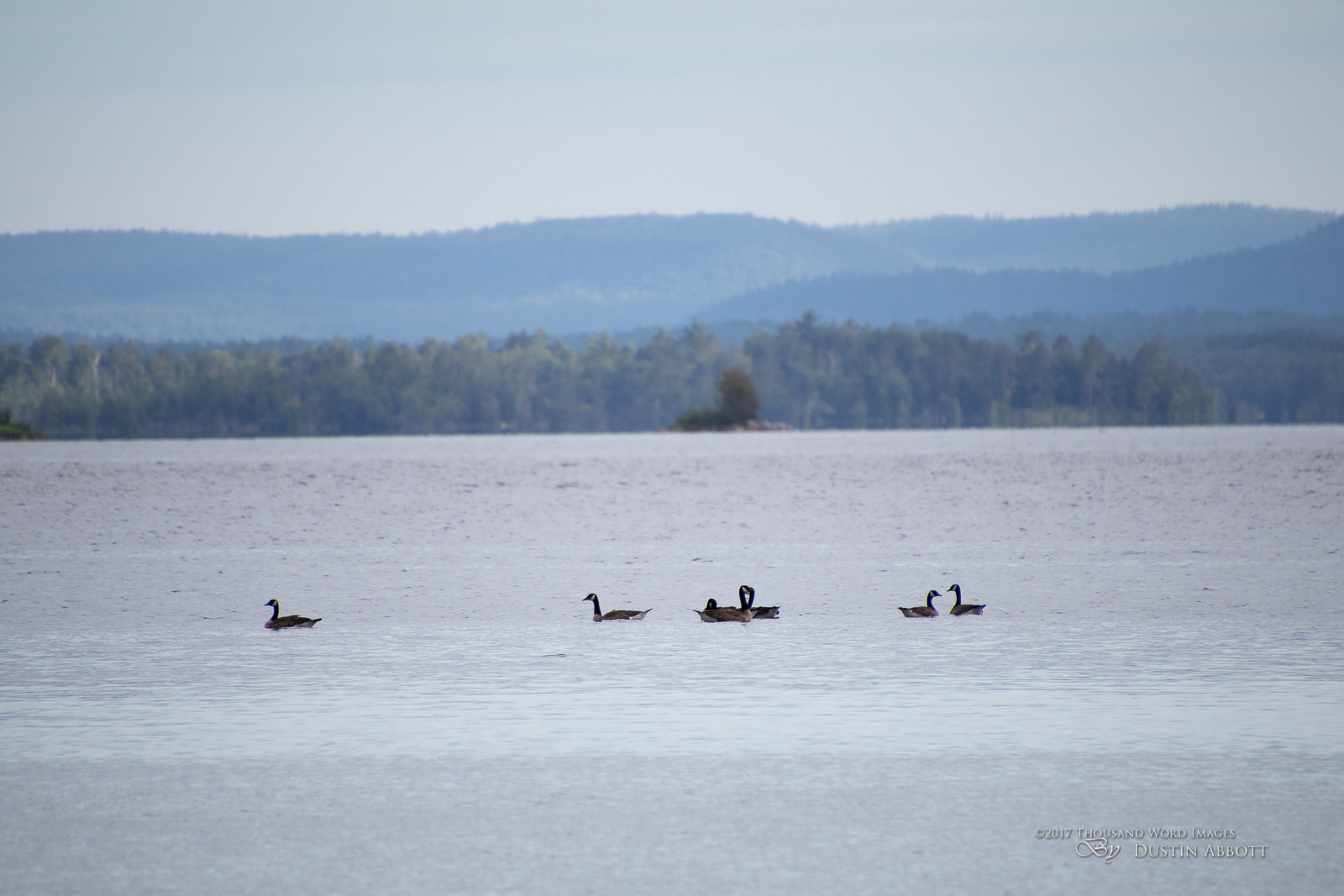












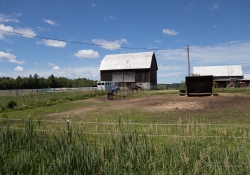







 Viltrox Pro AF 85mm F1.4 FE Gallery
Viltrox Pro AF 85mm F1.4 FE Gallery  Viltrox AF 85mm F1.4 PRO FE Review
Viltrox AF 85mm F1.4 PRO FE Review  Yongnuo YN 35mm F1.8 ART Gallery
Yongnuo YN 35mm F1.8 ART Gallery  Yongnuo YN 35mm F1.8 DA ART Review
Yongnuo YN 35mm F1.8 DA ART Review 


